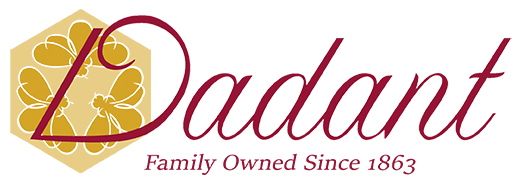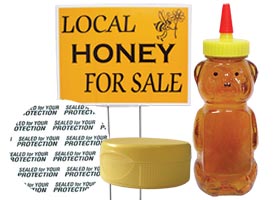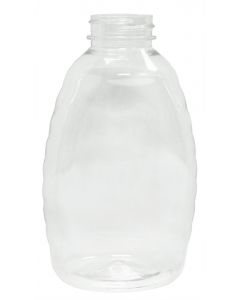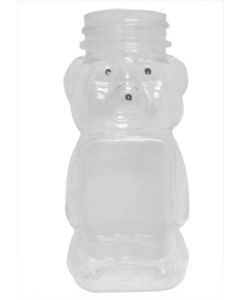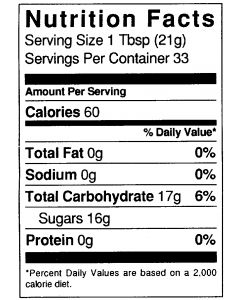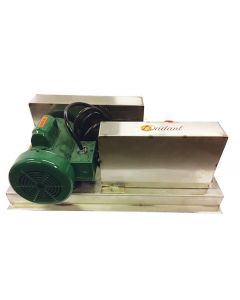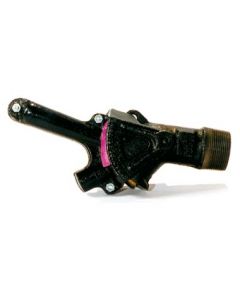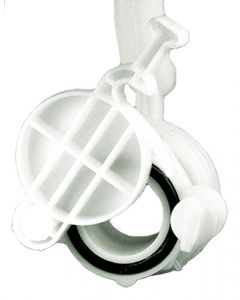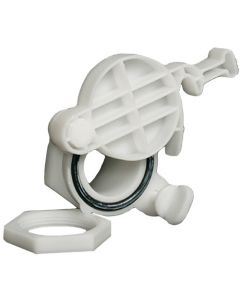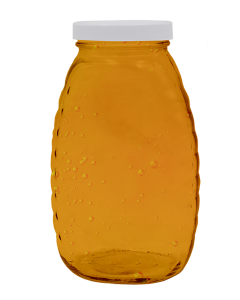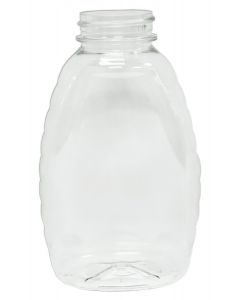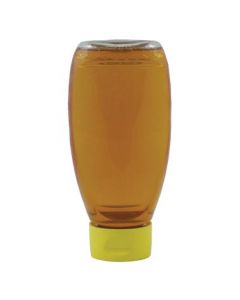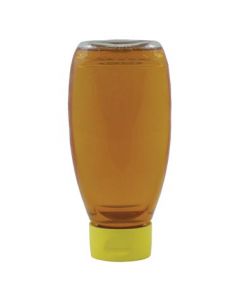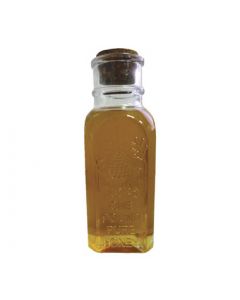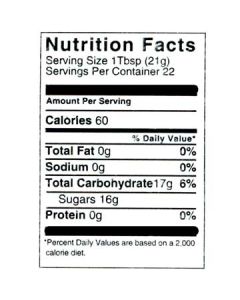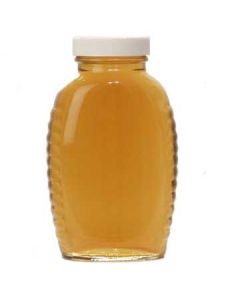Honey Harvesting
How to Safely Harvest Honey
Collecting honey from a successful bee hive is a satisfying process, especially if you've been diligently taking care of your colony. If your bees yield enough honey, you can save some for your own home, gift it to friends or family, and even start a small business selling the product.
When to Harvest Honey
The best time to harvest honey varies depending on your region’s flowering season and winter months. This can be a long or short period of time because of your region’s climate.
The best thing to do is to allow bees pollinate and collect nectar during the flowering season and, if possible, plant flowers or crops near their hives. Harvest honey after the flowering season so you have a greater honey crop yield.
Make sure you don't delay harvesting honey, either. If you wait until the onset of winter, honey will thicken and granulate. At this time, bees have already dove deeper into the hive and started eating their honey stores. This will make harvesting nearly impossible.
Procedure
Tools and Materials
Make harvesting honey easy by following this guide. We also recommend talking to beekeepers in your region, as every colony has different needs.
As always, have all the necessary tools and materials ready and nearby before harvesting honey. Make sure you have the following items:
- Fume pad, such as our Fume Pad 8-Frame M00683, or the Fume Board w/ Black Top M60070 for 10-frame supers.
- Honey-B-Gone
- Hive Tool
- Bee Brush
- Bee Smoker
- Uncapping Equipment, such as a Cappings Scratcher or Electric uncapping tool
- Honey Extractor
How to Remove Bees from Frames
- Add a small amount of Honey-B-Gone onto the underside of the fume pad to gently repel bees off the frames you want to harvest.
- Remove the telescoping cover and inner cover from your hive. If the bees are agitated, you may need to light your smoker and use a few puffs to calm them down before harvesting your supers. Be sure to use just enough smoke to calm them down, but not enough to ruin the taste of honey.
- Place the fume pad on top of the super with the black or metal side up so the sun can warm and evaporate the Honey-B-Gone. Wait for about 10-15 minutes.
- Use your hive tool to slowly and carefully remove the super from the rest of the hives once it is mostly clear of bees. Check your frames for additional bees, and use your bee brush to gently remove them.
- Make sure you leave enough honey for the bees to last through winter. If it seems like honey stores are low, try supplementing their feed with winter patties.
Pro Tip: Dadant & Sons also recommends that you replace your full supers with supers containing frames from which you had previously extracted honey. Bees will clean the remaining honey and store it for winter, which means you will have clean frames that you can store neatly. To encourage the honeybees to clean these frames rather than refilling them, place an inner cover between the hive and the previously extracted super.
- Finally, replace the telescoping cover over the hive.
You can also watch this video to visualize the process.
How to Harvest Honey
Quick Tip: Make sure you do not spill honey on your bee yard, especially if you have multiple hives. Robber bees will likely rob the hive because this signals that the colony is weak.
- Remove the beeswax that seals honey in the cell using uncapping equipment. You can use a cappings scratcher to scrape open the honey cell or an electric uncapping tool (aka a hot knife) to cut off a thin layer of beeswax. You can also use plain knives to cut a layer of beeswax by heating up one knife in hot water. Save wax cappings for later to be melted and recycled into foundation or candles.
- Place uncapped frames of honey into an extractor to spin out the honey. An extractor takes liquid honey out of a honeycomb without destroying the frame. Use the Junior Bench Extracting kit if you’re extracting honey for the first time.
- Filter the honey. You can filter honey either manually using a sieve and cheesecloth or using an automatic filter. Then pump it into a container or let an automatic filler do the job.
Harvesting honey is a long, but rewarding process for beekeepers. Knowing the best time to harvest is the best way to yield the most honey, which is usually after nectar flow but before the onset of winter.
Be patient and diligent during the honey harvesting process. Make sure you take your time and handle the bees gently.
-
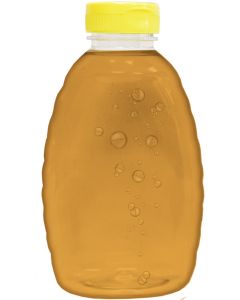 1 1/2 lb Classic Plastic Honey Bottles with Snap Cap Lids - 24 Pack
1 1/2 lb Classic Plastic Honey Bottles with Snap Cap Lids - 24 Pack24ozBottlesWlids
From $27.75 - $29.75
-
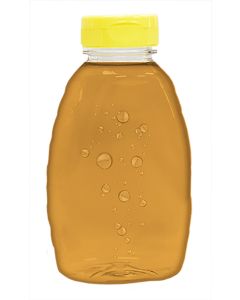 1 lb Classic Plastic Honey Bottles with Snap Cap Lids - 24 Pack
1 lb Classic Plastic Honey Bottles with Snap Cap Lids - 24 Pack1lbBottlesWlids
From $18.75 - $21.75
